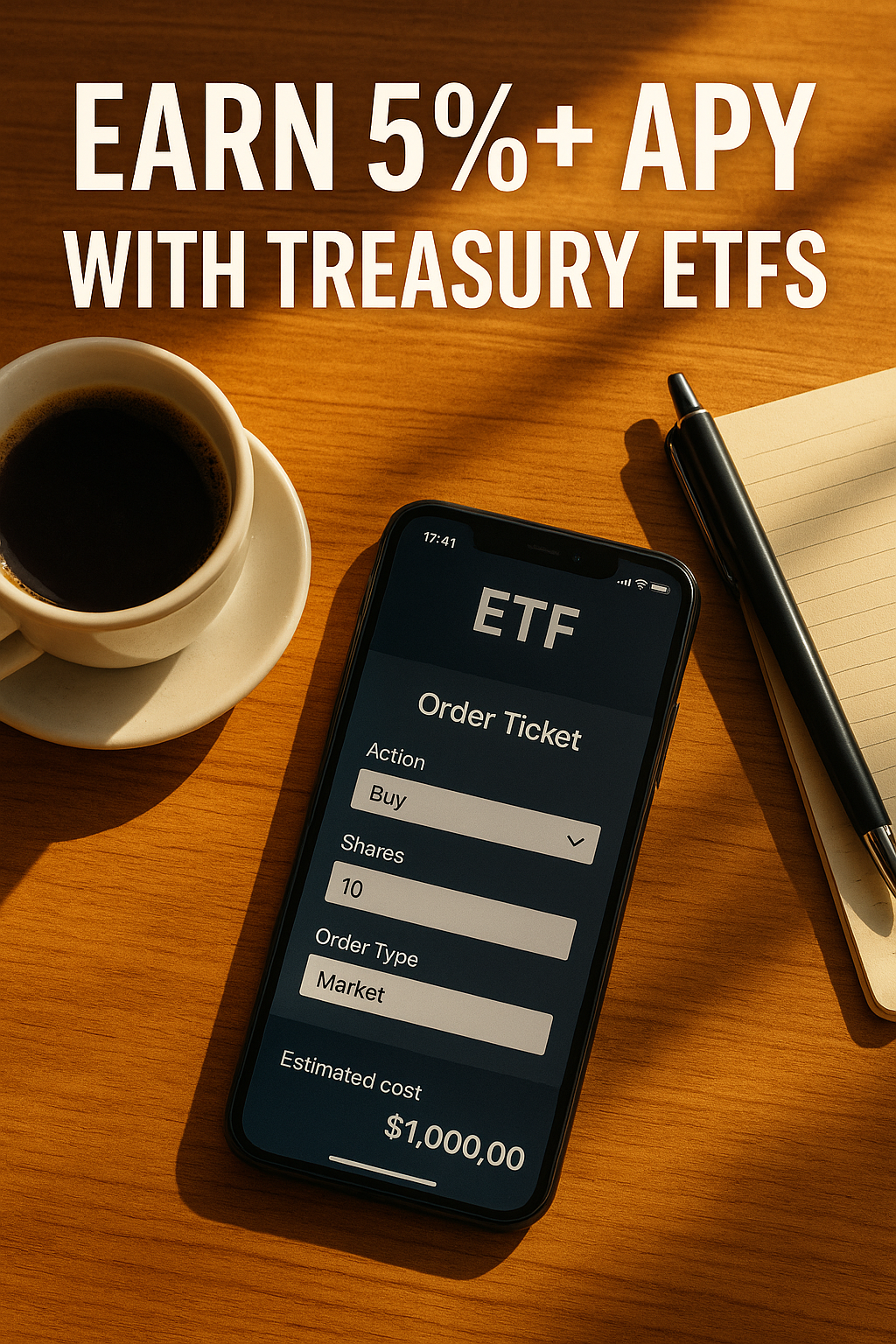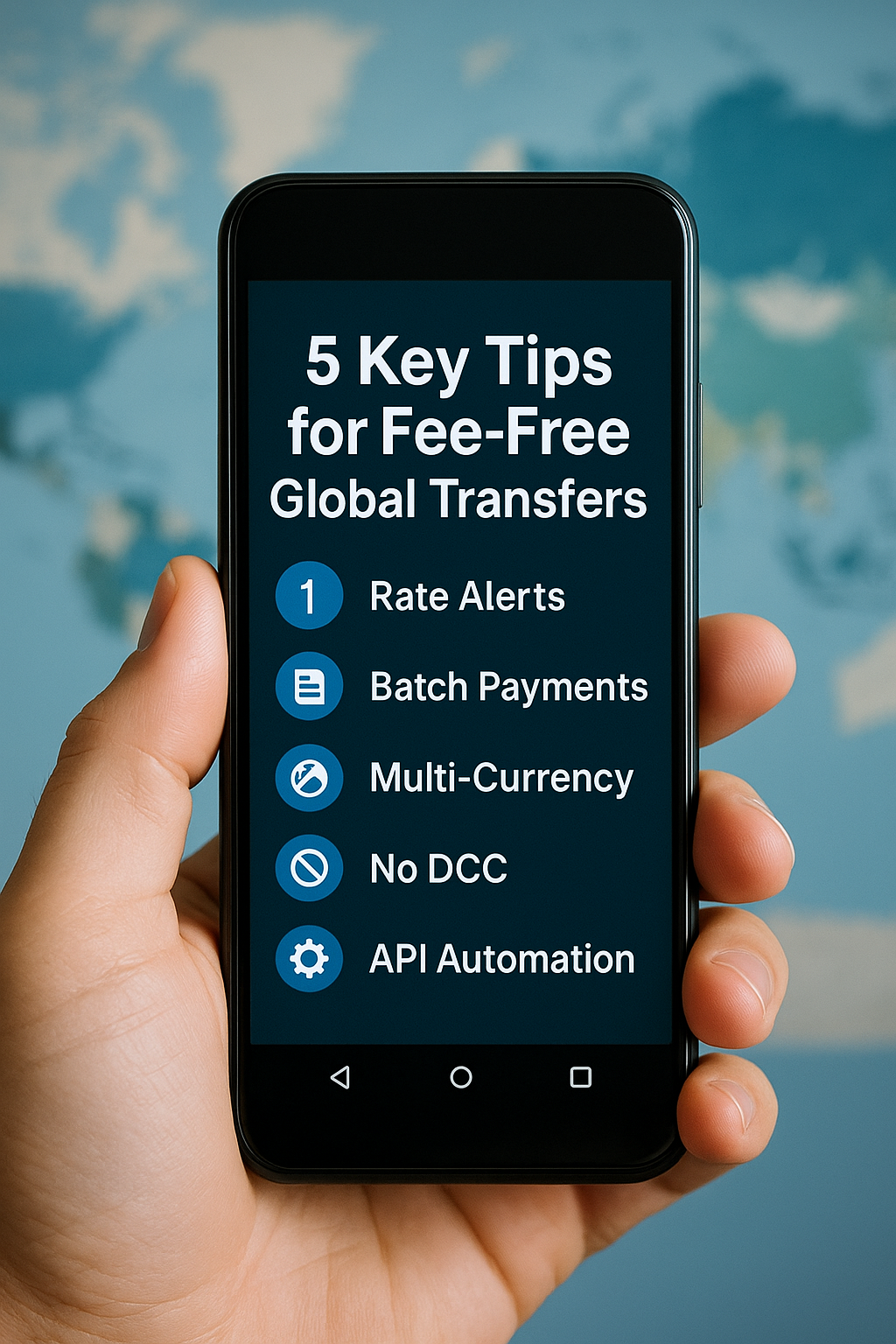Introduction
In today’s fast-changing world, more people are considering moving abroad to improve their quality of life. Some are tired of high living costs, stressful cities, or lack of opportunities in their home country. Others simply want to experience a different culture or find a place where they can live peacefully, work remotely, and enjoy a healthier lifestyle. In 2025, choosing the right country to live in is more important than ever.
This guide explores five of the best countries to live in for a better quality of life in 2025. These countries were selected based on the following key factors:
- Affordable cost of living
- High-quality healthcare
- Safety and political stability
- Friendly immigration options
- Reliable digital infrastructure and remote work opportunities
Let’s take a closer look at each destination and why it may be a perfect choice for you.
1. Canada – Safety, Healthcare, and Diversity
Canada continues to be one of the top destinations for people seeking a better life. The country is known for being clean, peaceful, and welcoming to immigrants. Canada offers free basic healthcare for residents, and the education system is excellent.
Why Canada is ideal in 2025:
- One of the safest countries in the world
- High-quality public healthcare system
- Easy to apply for permanent residency through work or study
- Cities like Vancouver and Toronto are highly livable, with great public services
- English is widely spoken, and immigrants are treated with respect
Bonus: Canada is also extremely beautiful, with stunning natural scenery—from the Rocky Mountains to the Northern Lights.
2. Portugal – Affordable and Peaceful European Life
Portugal has become a favorite for expats and retirees over the past few years. In 2025, it remains one of the most affordable and enjoyable countries in Europe. Many people choose Portugal for its low cost of living, friendly people, and easy visa options.
Key benefits of living in Portugal:
- Warm, sunny weather throughout most of the year
- Great public transportation and low-cost healthcare
- A slower pace of life, with focus on wellness and balance
- Remote worker–friendly visa (D7 Visa)
- Safe environment and low crime rates
Lisbon and Porto are modern cities with good Wi-Fi and coworking spaces, perfect for digital nomads. Smaller towns offer a calm, community-oriented lifestyle.
3. South Korea – High-Tech and High-Health Living
You may not expect it, but South Korea has quietly become a top destination for foreigners seeking modern, safe, and well-organized living. In 2025, Korea offers one of the most advanced healthcare systems, reliable public transportation, and ultra-fast internet.
Why South Korea stands out:
- Medical care is very affordable and efficient
- Public safety is extremely high, especially in cities like Seoul or Busan
- Public Wi-Fi is everywhere; perfect for remote workers
- Education is strong, and job opportunities in tech are growing
- Great balance between tradition and modern convenience
Many foreigners live in Korea for work, study, or travel—and decide to stay long-term due to the quality of life.
4. New Zealand – Nature, Simplicity, and Kindness
New Zealand is often described as one of the most beautiful and peaceful countries in the world. In 2025, it is still one of the best places to live if you value nature, work-life balance, and safety.
What makes New Zealand a top pick:
- Open green spaces, clean air, and breathtaking landscapes
- Low population density and relaxed culture
- Good healthcare system and solid education
- Welcoming visa policies for skilled workers
- Strong human rights and personal freedoms
Whether you’re raising a family or starting over alone, New Zealand offers a healthy and stress-free lifestyle.
5. Germany – Strong Economy and Free Education
Germany remains one of the most popular countries in Europe for international students and skilled workers. With its free or low-cost university education, excellent public services, and powerful economy, Germany is a top destination for those planning a long-term stay in Europe.
Why Germany ranks high:
- Free tuition in many public universities
- Strong public transportation and modern infrastructure
- Excellent healthcare system
- Easy access to jobs in tech, engineering, and manufacturing
- Central location in Europe for travel
Germany’s major cities like Berlin and Munich are vibrant and international, while smaller towns offer affordable housing and community life.
Final Thoughts: Choosing the Best Country for You
There is no “one perfect country” for everyone. The best country for you depends on your personal needs, lifestyle goals, and career plans. But in 2025, the five countries listed above offer real advantages to people from all walks of life.
Important tips when planning to move abroad:
- Research visa types and residence requirements
- Compare healthcare and education systems
- Look at cost of living and housing availability
- Learn about local culture and language
- Check safety and political stability
Even if you’re not rich, many countries offer low-cost paths to build a better life abroad. With remote work options, digital tools, and global networks, it’s more possible than ever to live well outside your home country.
In 2025, a better life may be just one decision away.









